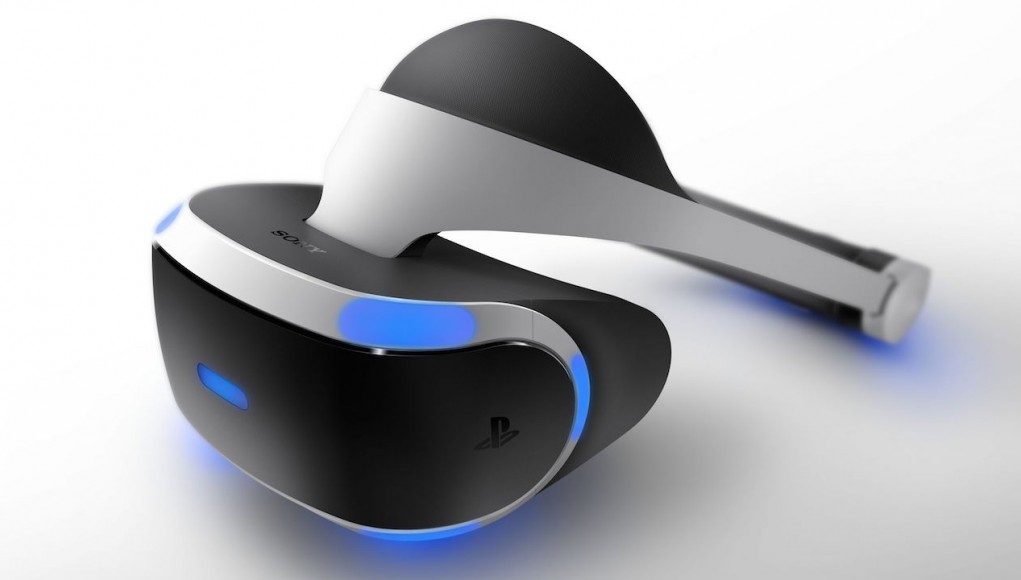 Sony is no stranger to virtual reality, having a long history of exploring the technology throughout the years. Sony’s ‘Magic Lab’ Director, Richard Marks, tells me about the company’s history with VR and the development of PlayStation VR.
Sony is no stranger to virtual reality, having a long history of exploring the technology throughout the years. Sony’s ‘Magic Lab’ Director, Richard Marks, tells me about the company’s history with VR and the development of PlayStation VR.
LISTEN TO THE VOICES OF VR PODCAST
Marks helped to create the PlayStation Move, which is a motion input controller that enabled VR enthusiasts within Sony a way to experiment with motion controllers inside of a VR experience. Richard’s division was in charge of the capabilities of high-end tracking technology and then creating prototypes for game developers to explore the game design possibilities.
See Also: NASA Looks to PlayStation VR to Solve Key Challenge of Space Robot Operation
I caught up with him at the VRX conference where he shared more information on PlayStation VR’s 120 fps framerate, how the PlayStation VR tracks the headset and Move controllers, and what he sees as the vast potential of social gaming.
Become a Patron! Support The Voices of VR Podcast Patreon
Theme music: “Fatality” by Tigoolio







